Along with the implementation of previous programs and plans, Hue City - a locality that is preserving and maintaining 8 world heritages and more than 1,000 historical relics, is implementing many solutions to promote digital transformation in the tourism industry to create favorable conditions, helping to increase the experience for tourists at each destination... Thereby, contributing to attracting an increasing number of visitors to Hue.
Make it easy for visitors
The leader of Hue City Tourism Department said that, up to now, after more than 1 year of implementing the Hue City Passport application, tourists have been very satisfied. With this application, tourists only need to scan the QR code to install the App, register personal information to participate. The creation of the Hue City Passport App brings convenience, GPS positioning map, high interaction with users. In particular, tourists can track their tour and have many interesting experiences at destinations according to the itinerary, according to each suggested topic right on the application.
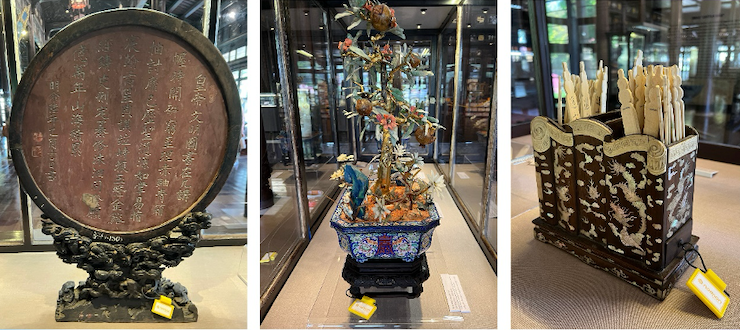
In recent times, the Department of Tourism and related units have implemented the digitalization of tourism resources such as heritage, cuisine, and tourist destinations. And, they are currently continuing to update the digital database system of Hue tourism such as: accommodation establishments, travel agencies and tour guides; forming an integrated digital information system on tourists, tourist areas, attractions, and tourism service establishments in the area. At the same time, building 3D digital map software for Hue tourism; building utilities for searching, sharing information, installing services and making cashless payments... According to records, at the tourist attractions of the Hue Monuments Conservation Center (BTDT), all have deployed electronic ticket sales services as well as integrated artificial intelligence (AI) recognition systems, counting the number of visitors and vehicles moving through the gates to promptly identify and control the flow of visitors to the relics.
In particular, in order to meet the experiences of visitors at the destinations, up to now, the Complex of Hue Monuments has deployed 96 Smart Interactive Stations - TapQuest at 96 relic sites. With just one touch of the phone, visitors can easily immerse themselves in the cultural and historical stories of each location through a variety of forms such as images, videos, 3D models, text and especially the support of AI guides. Each TapQuest station is not only a "digital tour guide" but also provides a travel itinerary and orientation to the next attraction, creating a seamless, highly customizable cultural experience map with unlimited development potential.
Hue Imperial City, with an area of over 32,000m2, is a large complex including many relics located in the Royal Palace. In order to facilitate visitors, recently, the Hue Monuments Conservation Center - the management unit has deployed the Hue Monuments App with the main function of supporting directions for visitors. Foreign visitors can choose and switch languages while using the sightseeing directions app, including English, Japanese, French, Chinese. In addition, the unit has also exploited VR and XR virtual reality experience products at Hue Imperial City, contributing to bringing the heritage closer to the tourist community. “The application of digital technology at the Hue Monuments Complex has improved the experience for tourists when visiting monuments, mausoleums, and museums, such as internal route guidance, sightseeing guides, and exploring destinations, helping tourists to be proactive and allocate time reasonably in their journey to their destination,” Ms. Nguyen Thi Ngoc Linh (residing in Ninh Binh province) shared when traveling to Hue.
Some experts believe that tourism is identified as a key economic sector of Hue City. Therefore, in order to build sustainable smart tourism, in the coming time, the locality needs to continue expanding the digital ecosystem by strengthening inter-regional connectivity, forming a smart tourism corridor between Hue and Da Nang to share data, synchronize application systems and improve overall promotion efficiency. In addition, it is necessary to promote the application of AI and Big Data in analyzing tourist behavior, personalizing experiences, optimizing schedules and coordinating resources.
Preserve and promote heritage values
Hue City is preserving and maintaining 8 world heritage sites, about more than 1,000 historical relics, including many relics with unique royal architecture... To preserve data sources on the original elements of the relics, in recent times, the local management agency has promoted digital transformation to preserve heritage values. To date, hundreds of precious Nguyen Dynasty relics have been attached with NFC chips and uniquely identified using Phygital Labs' Nomion technology. From here, visitors can use smartphones to interact with the NFC Nomion chip attached to the relic, opening up multi-dimensional interactions with all historical information, origin, cultural significance, 3D images... of the relic. In addition to being stored, the digitally identified relics are also displayed in digital space for users to visit, admire the full 360-degree sharpness of the item, and experience fascinating historical stories in a realistic historical and cultural space.
Currently, the Hue Monuments Conservation Center continues to compile content such as scanning or taking pictures of artifacts, aiming at a digital museum according to each topic and each time. Thereby, helping global visitors to be able to view and learn information with a layout, color, and vivid sound similar to visiting a museum or actual exhibition. "Identifying artifacts on the internet aims to bring artifacts closer to the public and help visitors everywhere in the world know more about artifacts and museums. Thereby, promoting the value of artifacts in particular and the heritage of the Nguyen Dynasty and Hue culture in general," said Mr. Hoang Viet Trung, Director of the Hue Monuments Conservation Center.
Dismantling old bunkers, shelters, and watchtowers at Hue Citadel relic site
On July 31, the Hue City Military Command said it was coordinating with the Project Management Board for Investment and Construction of Area I to review procedures and clear the land to dismantle military bunkers on the Thuong Thanh relic and inside the Hue Citadel.
Previously, through a field survey, the authorities determined that there are currently 31 defense structures in the Upper Citadel area; of which 26 are bunkers, 2 watchtowers, 2 bunkers and 1 air defense position.
The above structures were all built by the US Army between 1957 and 1975. Currently, these structures are located in the relic complex and have been severely damaged, greatly affecting the aesthetics of the relic site.
Currently, the constructions are no longer effective in the defense area. Therefore, the leaders of Hue City have proposed to the Ministry of National Defense to soon dismantle and change the purpose to restore the original value of the Hue Citadel relic and the space, landscape and environment in the area.
According to the plan, the 31 above-mentioned structures and 9 combat structures at Hai Thanh town, Van Mieu - Vo Mieu will be dismantled with a total cost of 31 billion VND.
It is known that currently, 7 military bunkers in Hai Thanh relic have been documented and sent to the Military Region 4 Command for approval and preparation for demolition. As for the bunkers in Hue Citadel, land acquisition, compensation and site clearance are being carried out... (HL)
Source: https://cand.com.vn/Xa-hoi/hieu-qua-tu-chuyen-doi-so-du-lich-thong-minh-i776703/



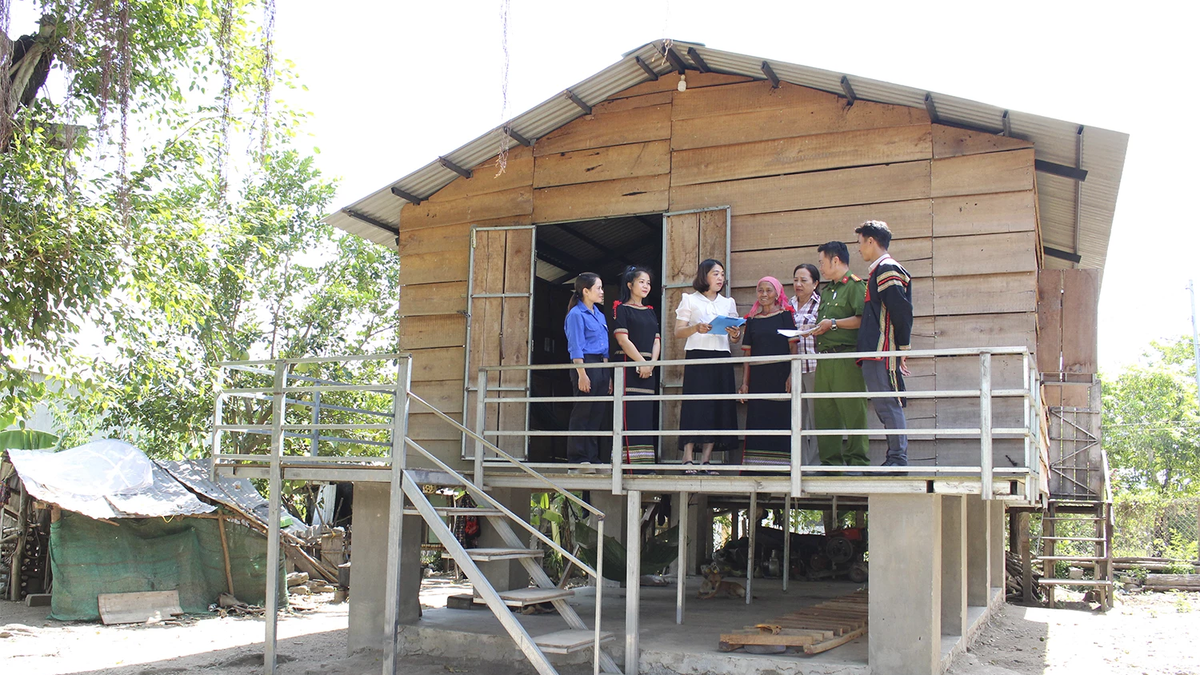






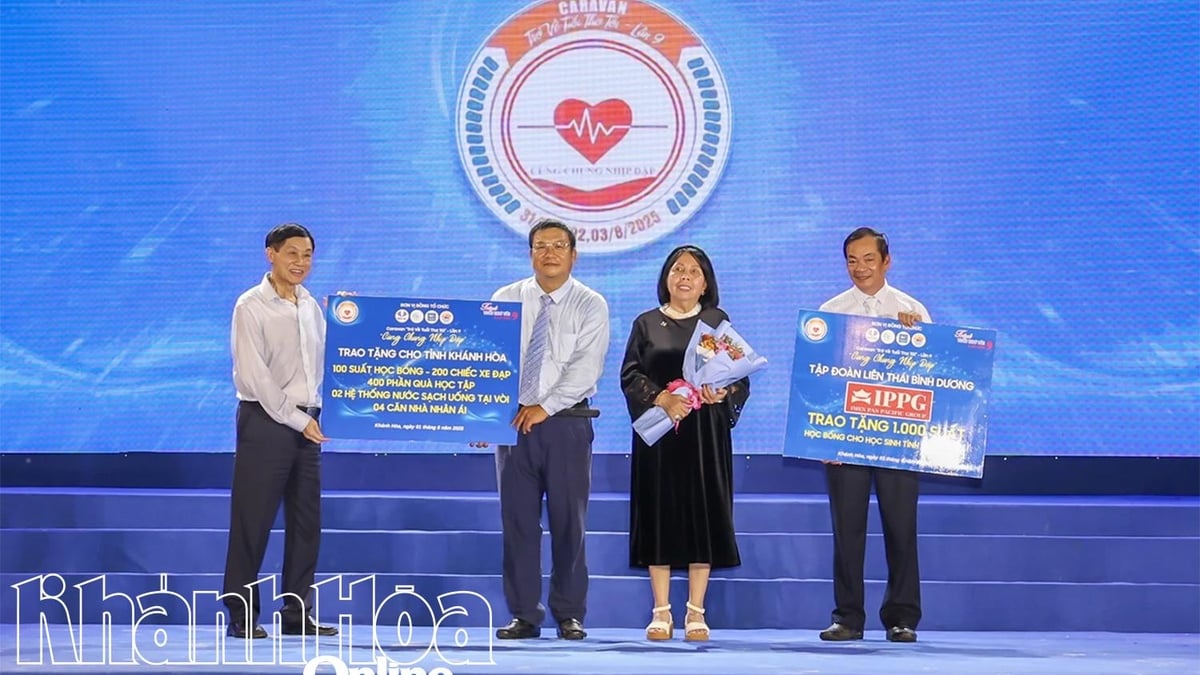
























































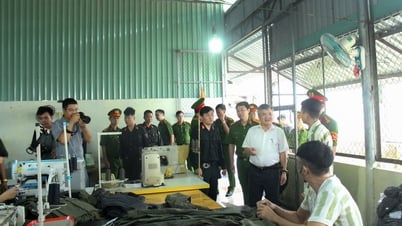


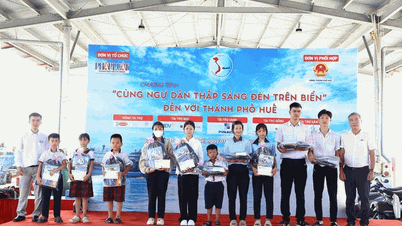































Comment (0)